Pulitzer Center Update December 27, 2023
Top Ten Lesson Plans of 2023

As we start the new year, we're looking back at the top ten lesson plans of 2023, chosen by our community. The list below reflects 2023's most-accessed curricular resources from the Pulitzer Center's lesson library.
Our Education team and community of Teacher Fellows create standards-aligned lesson plans for K-12 classrooms that use Pulitzer Center-supported news stories to cultivate a more curious, informed, empathetic, and engaged public. These lessons use creative methods to make complex global issues relevant to students and inspire action, all while strengthening core skills.
All of our curricular resources are freely available for educators anywhere to adapt and share with their students. We look forward to sharing more resources with our community in 2024! You can explore our full lesson library here, and stay in the loop about new resources and opportunities by signing up for our weekly education newsletter.
1. "Youth Mental Health and Suicide Prevention: Listening Guide for Educators"
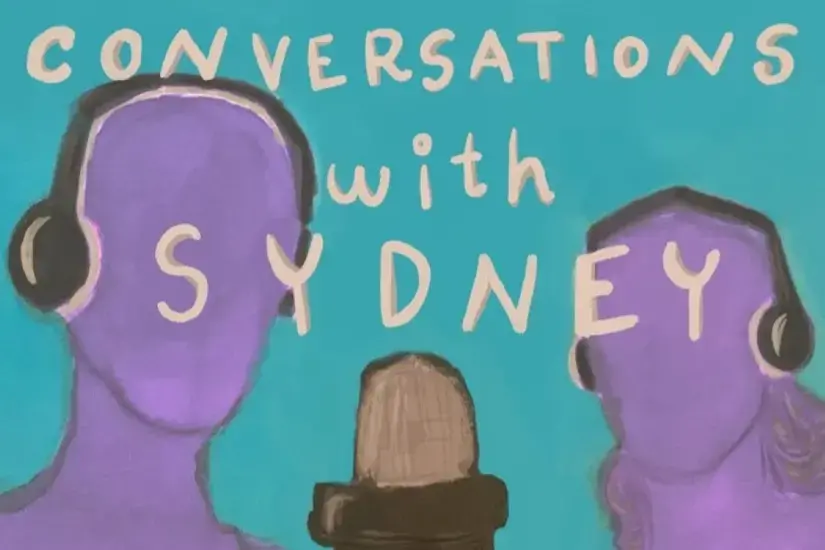
Conversations with Sydney is a solutions-oriented podcast series exploring effective ways for parents, teens, teachers, and communities to respond to the crisis of teen mental health and suicide. Each episode is hosted by non-binary teenager, musician, and artist Sydney, alongside their father, filmmaker and journalist Micah Fink. They discuss their personal experiences opening up conversations about mental health at home, and also interview teens, researchers, and leading mental health experts. This listening guide is designed to support educators in opening up dialogues on youth mental health in their classrooms. The time-stamped listening guides for each of the four episodes offer questions to consider before listening; themes, key quotes, and reflection questions. Some of the reflection questions will prompt a short activity, such as a journaling exercise or research into mental health resources.
2. "Journalism Skillbuilder: How to Tell Underreported Stories with Audio"
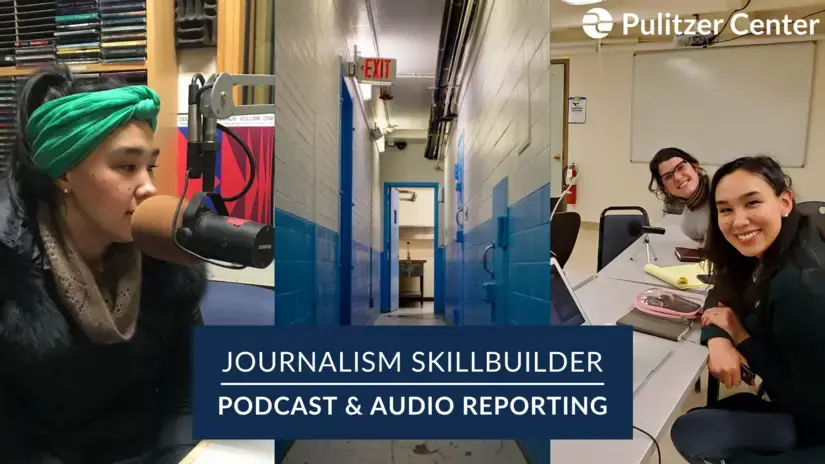
In this lesson, students learn how journalists tell underreported stories using audio and apply tips from Pulitzer Center-supported journalists for using audio to tell their own stories. Featured journalists Alice Qannik Glenn, Jenna Kunze, and Nate Hegyi explain the processes and practices they employ to ensure authentic representation of the people most impacted by the systemic issues we see in our news cycle. This lesson is part of the Journalism Skillbuilder series, which is designed to equip students to embark on their own reporting projects. Each lesson contains an instructional video featuring professional journalists sharing tips on a skill, a complete lesson plan, and activity prompts to apply students' new knowledge to a creative project of their own.
3. Society's Mirror: Stories to Change the World
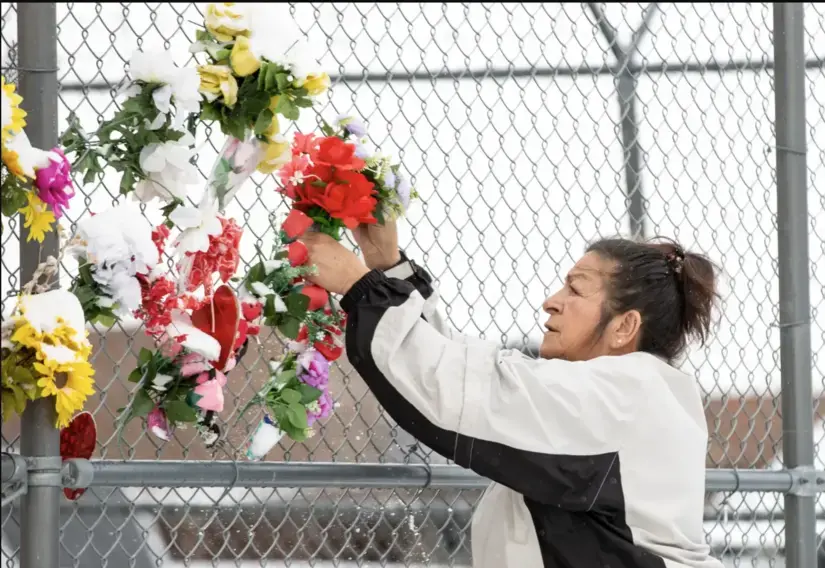
In this fifteen-day unit plan, students produce podcasts that cover local underreported stories after analyzing historical and contemporary issues central to Native American history and culture in the United States. Lessons take students on a journey that investigates the power journalism has to change the world through the lens of Native American experiences. This unit was created by Stephanie Tsakeris, an 8th grade Social Studies teacher in Chicago, as part of the Pulitzer Center Teacher Fellowship program.
4. Picture This!
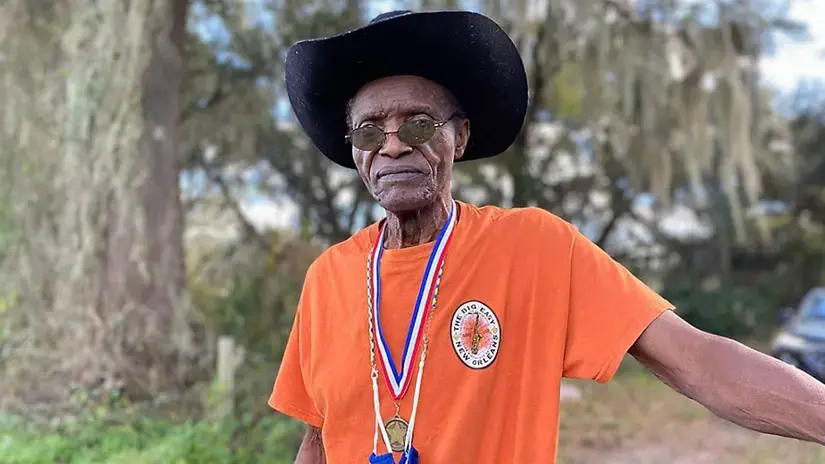
In this seven-day unit plan, students apply close reading and photo analysis skills to analyze underreported global news stories. They ultimately compose photojournalism projects capturing underrepresented stories from their own communities. The photojournalism projects reflect skills students explore throughout the unit, and captions reflect their understanding of the global issues explored in the unit. This unit was created by Renee O'Connor, a 9th-12th grade teacher in Miami Gardens, Florida, as part of the Pulitzer Center Teacher Fellowship program.
5. Can I Ask You Something?
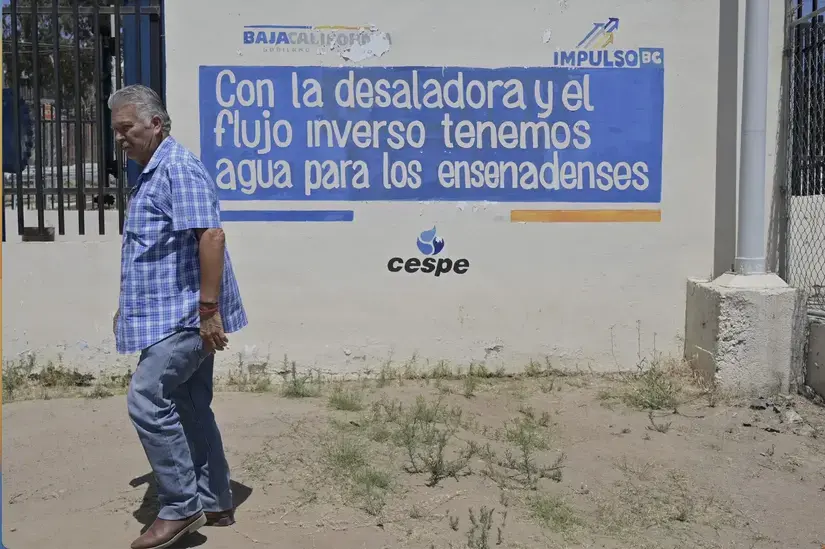
In this five-week unit plan, students engage with questions that allow for a deeper understanding of the contexts that drive underreported stories and their impact on individuals across the globe. Students cultivate empathy for others and use storytelling skills to explore topics that matter to them. In their final audio journalism projects, students cover local underreported stories, following one person’s narrative, but presenting their story in a larger context. This unit was created by Raymond Salazar, a high school journalism teacher in Chicago, as part of the Pulitzer Center Teacher Fellowship program.
6. The Journey: My Family and How They Got Here
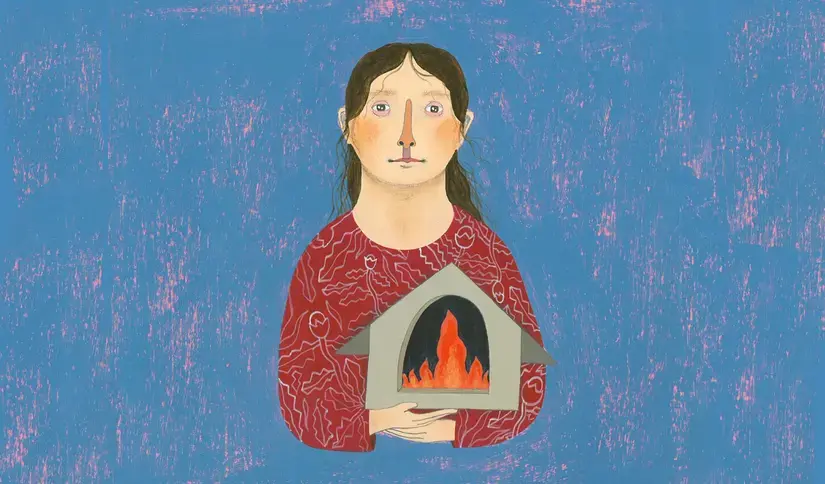
In this six-week unit plan, students analyze a series of first person narratives of immigrants and migrants in order to understand how and why people move from place to place. As a final project, students create a documentary that chronicles their family’s journey and their lives now. This unit was created by Mary Aiken, a 5th and 6th grade gifted English Language Arts and Social Studies teacher in Wynnewood, Pennsylvania, as part of the Pulitzer Center Teacher Fellowship program.
7. One Paycheck Away: Budgets, Evictions, Homelessness, and Who Can Help
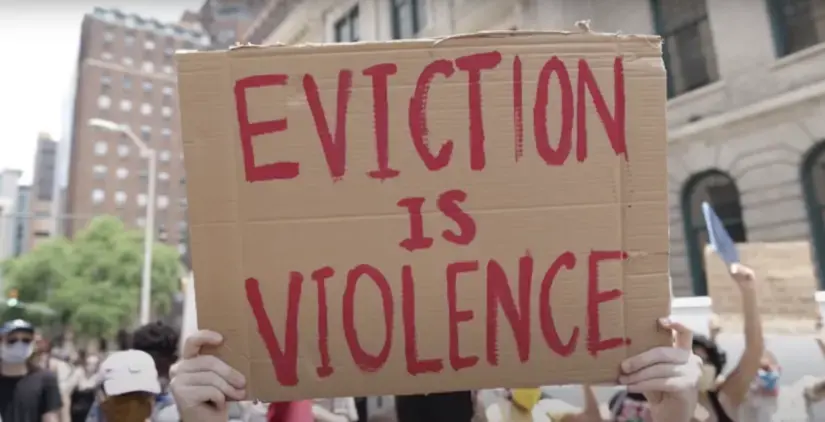
In this nine-week unit plan, students analyze underreported news stories about evictions and the housing crisis in the United States throughout the COVID-19 pandemic. They read, summarize, and analyze these news stories with a focus on how they exemplify inequality and injustice. These stories provide a springboard for discussions about living wages and budgets, evictions, homelessness, the stereotypes associated with people who are without housing, and other social issues facing people experiencing poverty in the U.S. Students complete a culminating photo collage and creative writing project that captures their research on housing insecurity in West Virginia and/or the U.S. This unit was created by Jessica Pastine, who teaches English Language Arts and Social Studies in an education program for incarcerated youth in Davis, West Virginia, as part of the Pulitzer Center Teacher Fellowship program.
8. Community in the Face of Climate Change
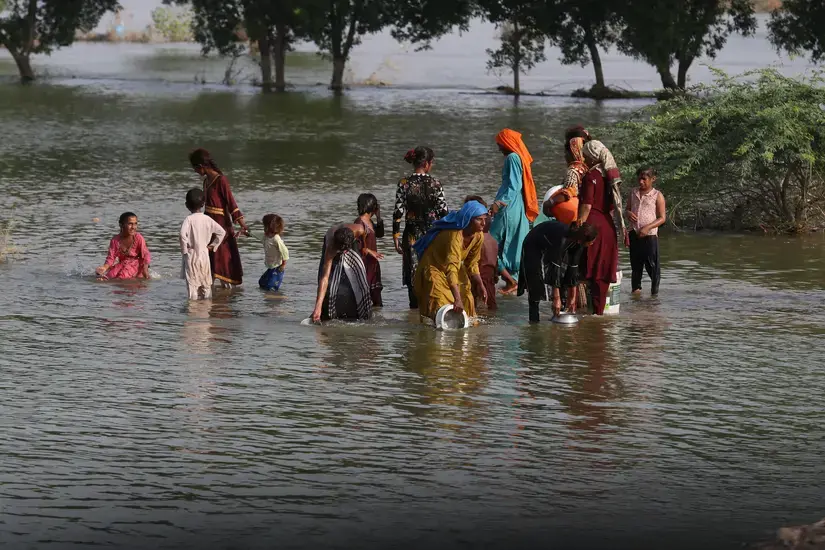
In this five-week unit plan, students analyze how communities leverage local government and community advocacy to address environmental events driven by climate change. They examine news stories about the impact of climate change, asking the questions: Who was impacted? Who fought on their behalf? Students then launch an investigation into their own community’s response to severe weather and flooding. Ultimately, students develop a media project or artistic representation that highlights their research and exploration. This unit was created by Lisa Holewa, an upper elementary educator in San Mateo, California, as part of the Pulitzer Center Teacher Fellowship program.
9. The News and You: Media Literacy Resources for Afterschool Education
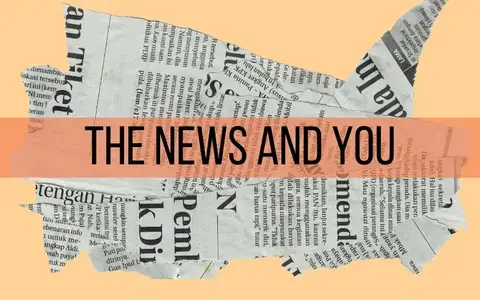
This collection of activities, containing modules for students in grades 2-6 and 7-12, is designed to support students in critically navigating the news. Students move from learning the basics of what journalism is and reflection on their relationship with the news to actively engaging with and responding to underreported new stories. In the process, students have the opportunity to practice identifying and interrupting bias, roleplay as journalists and editors, explore how news can illuminate systemic global issues, and amplify stories that matter to them through creative and journalistic projects. These resources are housed on Mizzen Education, a free platform for out-of-school time educators.
10. Harmfully Relevant History
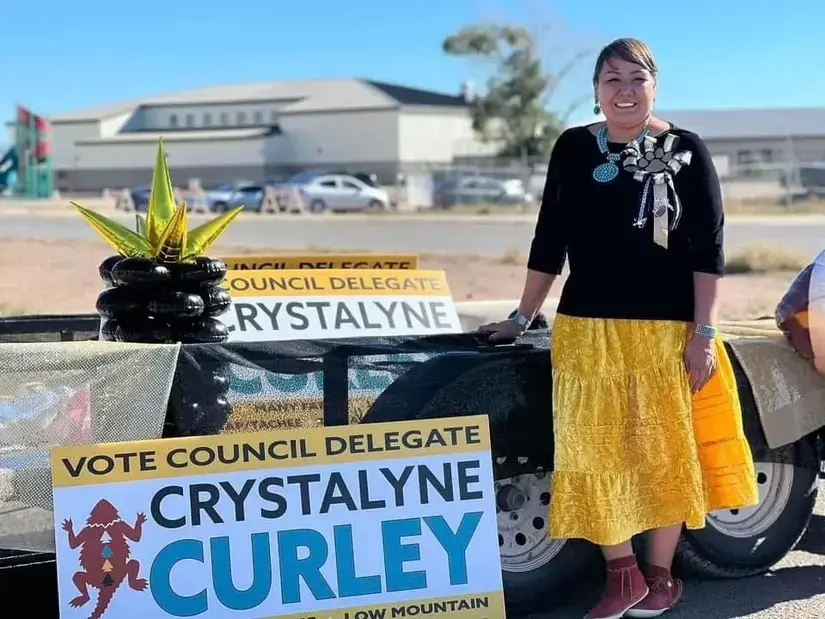
In this three-week unit plan, students explore how events from the past influence the present, how rhetoric can be used to inspire empathy, and how journalism can be used as a tool for justice. At the end of the guided exploration, students conduct research on underreported topics from the Pulitzer Center archives that spark their interests. Students present on these issues to spread awareness and contribute to the enrichment of their peers. Their presentations are also recorded in order to reach a larger audience. Ultimately, students write discursive essays that measure the degree to which nations should assist in correcting the harmful impact of their actions on other countries decades later. This unit was created by Brittany Goldsby, a high school English Language Arts educator in Hollywood, Florida, as part of the Pulitzer Center Teacher Fellowship program.



